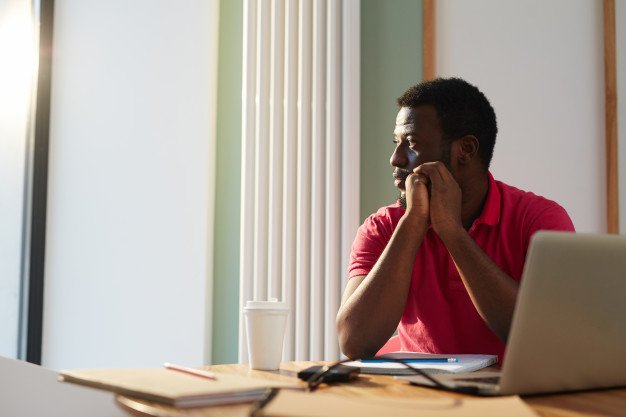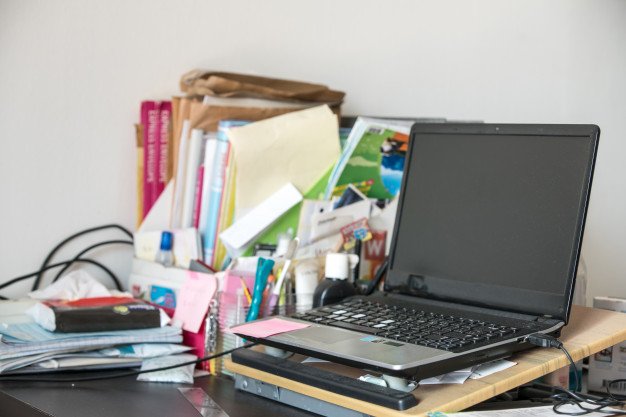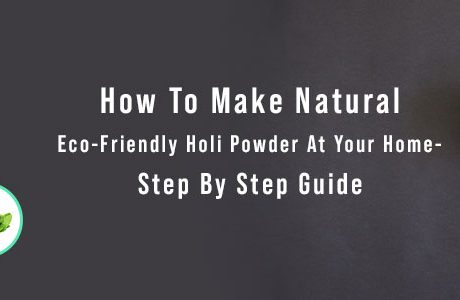The majority of office workers spend more than eight hours in an office cubicle. For most, their office cubicle is their “home away from home,” a place where they have no choice but feel comfortable outside of their own homes.
Did you know that the word “cubicle” comes from the Latin word “cubiculum,” which means “bedchamber?” It’s not a surprise that the cubicle can also serve as the sleeping or napping area, especially for those working on 24-hour shifts.
It just goes to show that office furniture cubicles have gone a long way from the first cubicle that Robert Propst designed in the 1960s. As a furniture designer, he studied how people worked and envisioned a better office space. At that time, offices utilized the open-bullpen concept, wherein employees work in an open area without offices or partitions.
5 Ways to Have a Productive Day at the Office:
How would you make full use of your cubicle to work more productively? Here are five tips.
Tip#1 – Reduce Distractions
Although cubicles are built for privacy, there can still be distractions caused by noisy co-workers. Some attend meetings with their speakerphones on hands-free mode. Others huddle for short meetings in their cubicles.
What you can do is use noise-canceling headphones to concentrate on your work. A few drawbacks are that you may not hear your ringing phone or be surprised by people sneaking up on you.
Make sure that you can still see the light from your ringing phone. If possible, position yourself so that you face people.
Tip#2 -Be Honest
A more direct approach is to talk with the co-worker involved. They may not be aware that they are already distracting others with their work habits.
Tip#3 – Make Your Work Area Unique
A cubicle is your personal space. Most employees display their treasured possessions, much like what they do in their own homes.
It is not unusual to find these personal items in a cubicle:
- Family photos
- Travel souvenirs
- Posters with inspiring quotes
- Certificates and awards
- Bulletin board
- Magazines
- Coffee mugs
- Water bottles
- Other desk trinkets or tchotchkes
Hence, office furniture cubicles are designed to “personalize” office space as more people are motivated to spend more time at work.
Tip #4 – Reduce Paper Clutter
Most cubicles are full of unorganized paper clutter. It takes time to search for essential documents when necessary.
The Japanese organizing consultant Marie Kondo suggested many tips on how to tidy up offices.
Paper clutter includes post-it notes, training materials, journals, and work planners. The answer is to move documents to the cloud as much as possible.
- Use a password manager instead of keeping passwords on post-it notes or a notebook.
- Use project management apps to be updated on project collaboration. Your bulletin board and work planner are automatically replaced.
- Scan relevant documents and keep them in Dropbox folders for easy retrieval.
- Request for access to online training materials.
Tip#5 – Be Healthy at Work
These are a few things you can do to take care of your health while in the office:
- Try desk exercises during breaks.
- Have a potted plant to provide the necessary oxygen and clear your mind.
- Face a mirror and smile while on the phone.
- Have a lamp to read better.
A productive work environment is one of the best ways to achieve that ‘work-life’ balance. These five tips will increase your efficiency and make each working day an enjoyable experience.
Read Also:


























